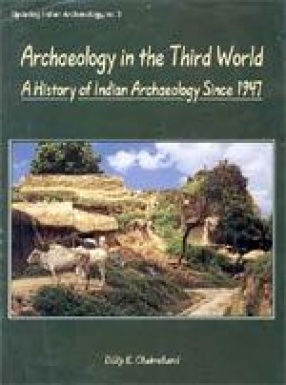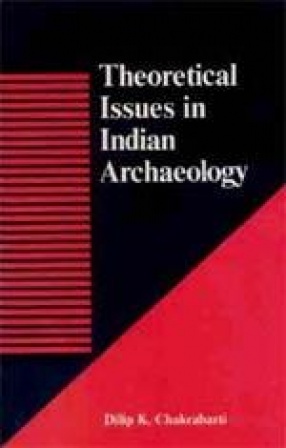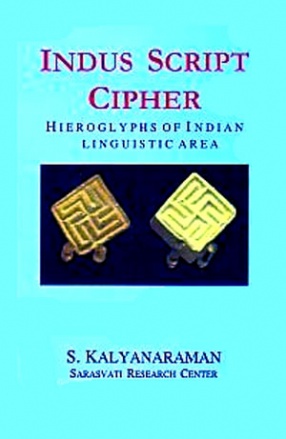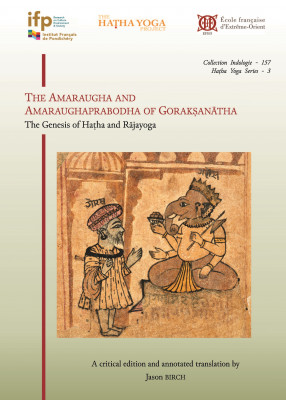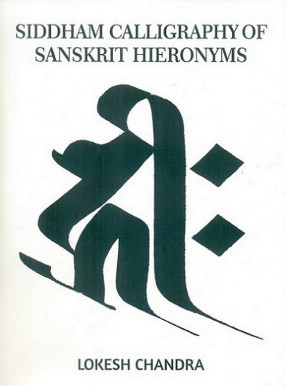FREE & QUICK WORLDWIDE SHIPPING ON $60+
TAKE 10% OFF YOUR ORDER | USE CODE: TAKE10
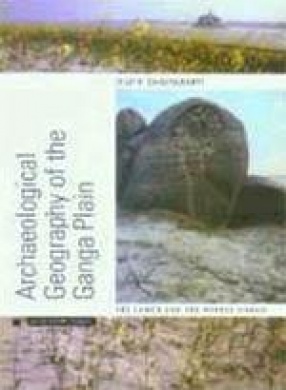
Book details
-
 xx+307p., Plates; Maps; References; Index.
xx+307p., Plates; Maps; References; Index.
-
 Hardcover
Hardcover
-
 English language
English language
-
 Permanent Black
Permanent Black
-
 01.01.2001
01.01.2001
-
 ISBN 10:
9788178240169
ISBN 10:
9788178240169
Related categories
Archaeological Geography of the Ganga Plain
Synopsis
This book discusses the ancient historical geography of the lower and middle sections of the Ganga plain. Its basis is a field-study of the distribution of archaeological sites in the region. The geographical issues which have been considered here are the location of sites, the historical linkages of different areas, the problems of political geography, and the routes. The work follows the author’s earlier archaeological studies of the Chhotanagpur plateau—which borders this region on the west—and the Bangladesh section of the Ganga delta, which lies to its east. The eastern limit of the present study area is the Sagar Island south of Kolkata (Calcutta) and its western border is an irregular line running through the trans-Sarayu plain in Bahraich and linking Faizabad, Sultanpur, Pratapgarh and Allahabad. Further, south of the Yamuna in Allahabad, traverses have been taken up to Chitrakut and Kalinjar; and south of the Ganga between Banaras and Mirzapur, similar traverses were taken up to Robertsganj and the border of Surguja in Madhya Pradesh to understand the nature of the middle Ganga plain’s links with central India. The last time an archaeologist tried to understand the ancient historical-geographical situation of the Ganga plain in its totality was in the closing decades of the nineteenth century. In a sense this work is the first attempt to update and recast that work, by Alexander Cunningham and his group, in the context of the lower and the middle sections of the valley. This extremely significant work of scholarship has detailed maps and a large plate section.
-10%
Item available. Ships in 1-2 days.
Similar Titles
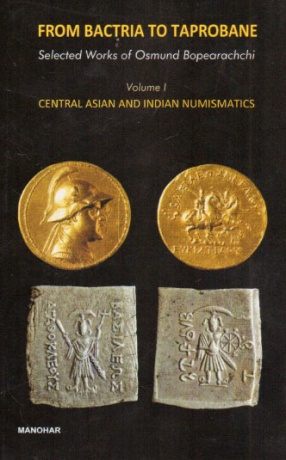

From Bactria to Taprobane: Selected Works of Osmund Bopearachchi (In 2 Volumes)
301.50 $
335.00 $





